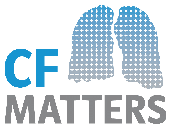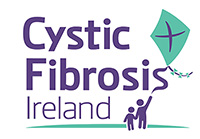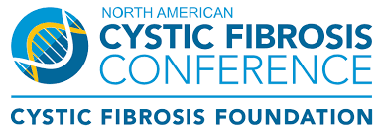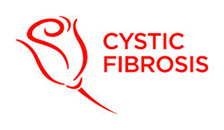What is a Port or Portacath?

What is a Port or Portacath?
A Portacath is a totally implantable venous access devices which is placed under the skin.
The portal chamber is made of special plastic or titanium and has a silicone septum.
In cystic fibrosis patients it is used for antibiotics but can be used for other reasons. Medications are given through the port via a special needle designed for portacaths.
Why do I need a Portacath?
Ports are inserted in CF patients when venous access is difficult with repeated attempts to insert peripheral mid lines.
Generally, you will get a port if you require antibiotics 3-4 times a year.
What will the port look like?

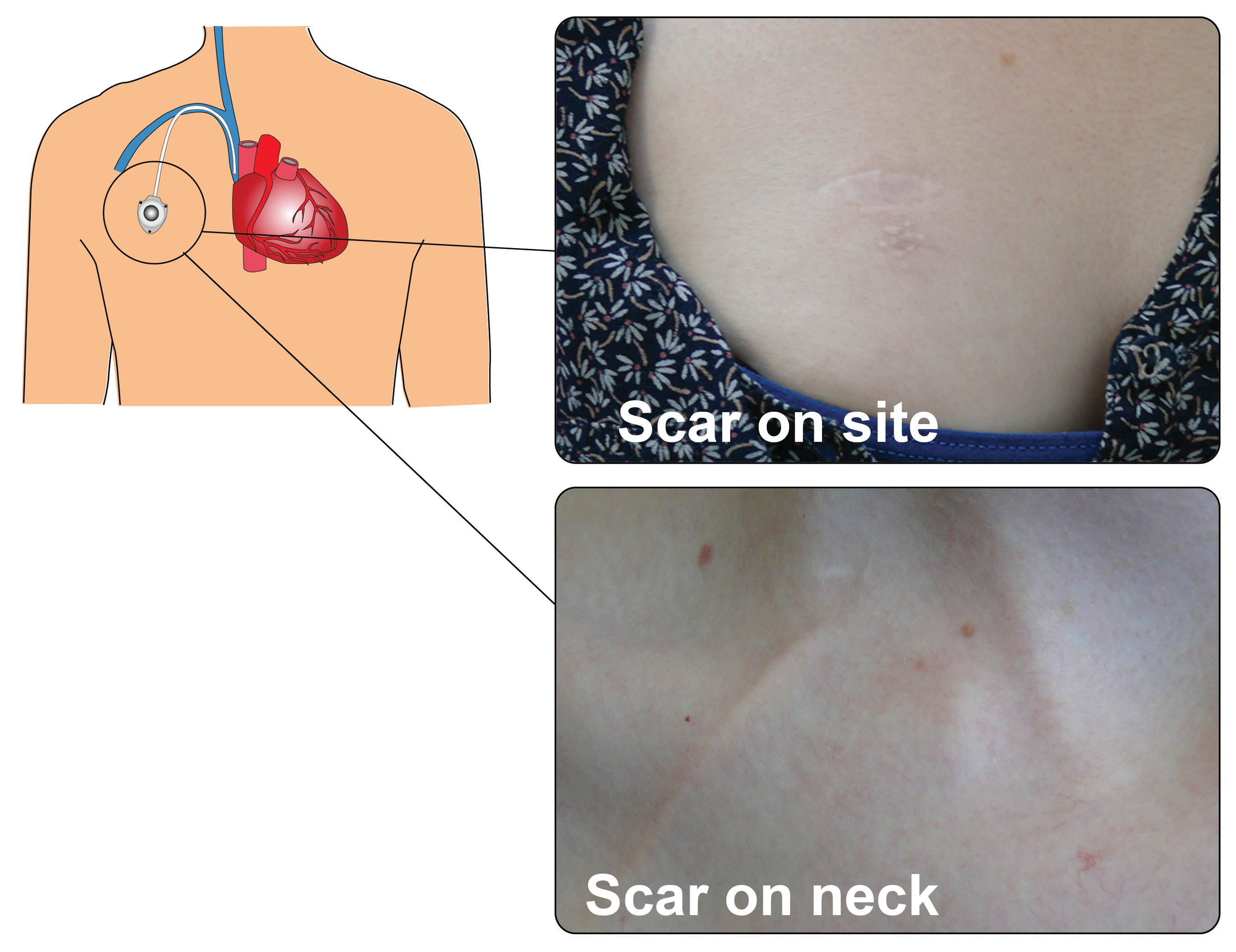
The port is totally implanted under the skin; if you're very slim, there may be a slight bump visible under the skin where the port chamber has been inserted.
Otherwise, the port may not be visible at all, depending on your build and the position of the port. You will have two scars, one at the site of the port and the other on the neck.
Your port can be positioned in many different parts of the body, but the most common is the chest wall. The size, type and position can be discussed with the team before insertion.
Procedure
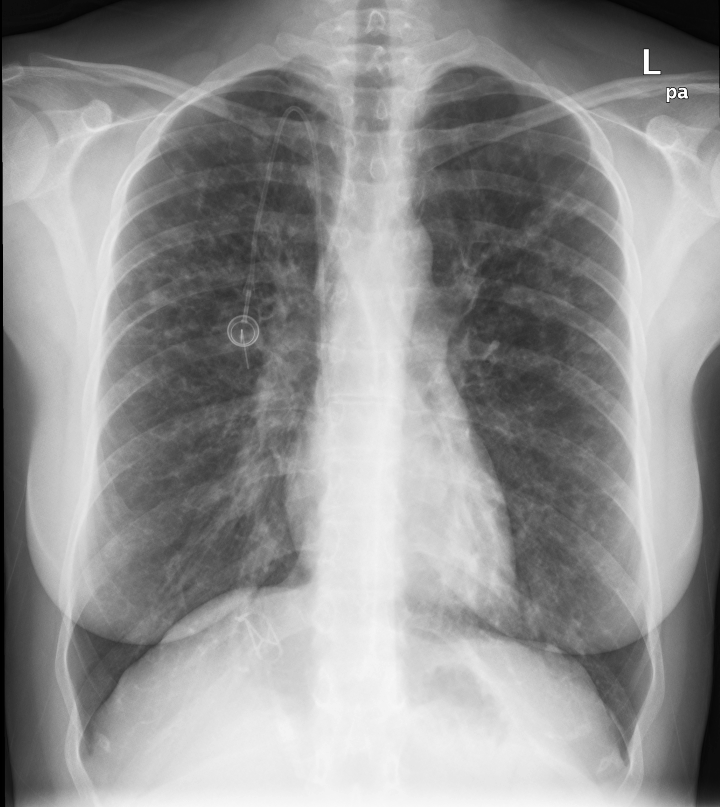
Portacaths are inserted in the Radiology department under x-ray guidance. You will have local anaesthetic and sedation during the procedure. You will have to fast a few hours prior to procedure.
A small incision is made to allow a catheter to be threaded into a large vein in the neck, and another small incision is made to insert the chamber of the port under the skin. The catheter and chamber is then connected together.
The procedure should take about an hour and you will remain in the x-ray department until you have fully recovered. After the procedure and the local anaesthetic has worn off you may be a little tender at site and bruising may occur. Pain medication such as Paracetamol can be taken 6hourly after procedure. The port can be used immediately if required.
Insertion of Port needle
How long will my Port last?
The port can last for years. The silicone covering the portal chamber can take about 2000 punctures.
When you require antibiotics, a needle will be inserted and remain insitu until the two week course has completed.
You should not feel any pain while the needle is in use, but you may feel a small painless push as the needle is being inserted into the port.
Your port will also need flushing every 6-8 weeks when not in use, and this will be done by one of our CF nurses. The port can also be used to take blood with the exception of some antibiotic levels. Only a special huber needle designed for ports can be used.
Will my Port limit my activities?
The port is a totally enclosed system and therefore you are able to shower, bathe and swim as normal. You will be able to continue with most sporting activities, but avoid contact sports like rugby, boxing and judo, as some of these sports are likely to cause severe body blows. If you are going to participate in any unusual activity, please let a member of the CF team know.
When the port is accessed for treatment, you will have a dressing covering it, so you should avoid getting it wet as much as possible. You should also avoid vigorous activity that may dislodge the needle. The dressing can be changed easily by yourself if necessary.
Most people are able to continue with college and work during a course of treatment via the port. When sunbathing wear high factor sun cream to skin around the area
There is no contraindication to travelling. When in a car you must still wear you seatbelt. When travelling by plane may set off the airport metal detector if this happens show your patient identification card.
Benefits of having a Portacath
There's instant access when you need treatment.
Intravenous antibiotics can be given painlessly.
Intravenous antibiotics can be given as a bolus or via an infusion.
You can bathe, shower and swim when the port is not in use.
Less risk of infection when the port is under the skin.
What complications and what symptoms should I be concerned about?
If you experience any of the following please contact a member of your care team:
Infection:
Local symptoms of infection are pain or redness around the site.
High Temperature chills and flu like symptoms.
The port may need to be replaced if it get infected but this is rare.
Blood Clots (Thrombosis):
Painful arm neck or shoulder, swollen upper or lower arm (on the same side as implanted port) If this happens medication can be give to dissolve the clot but again this is rare or it may have to be removed.
Blockage:
Port can become blocked but again this can be flushed with medication to unblock it.



